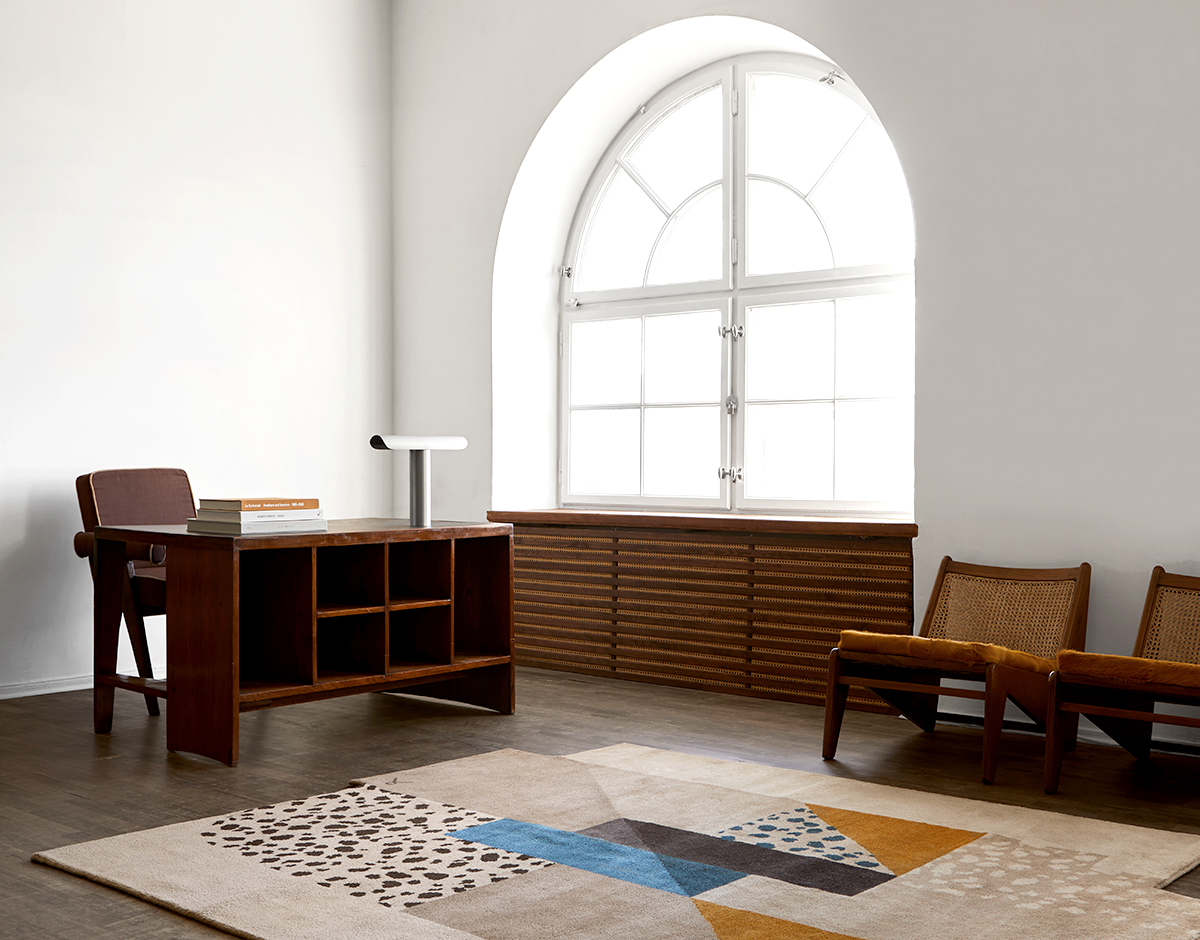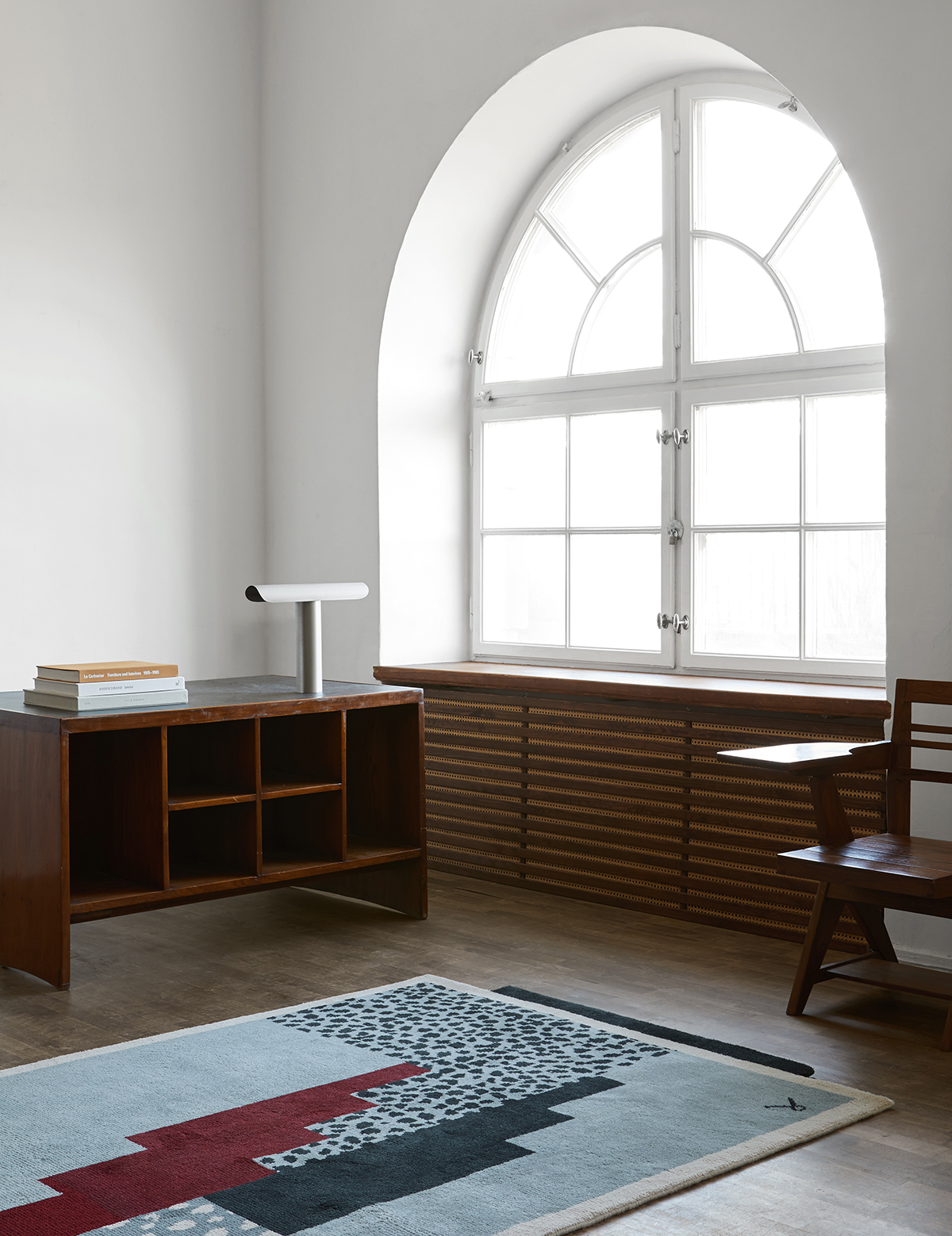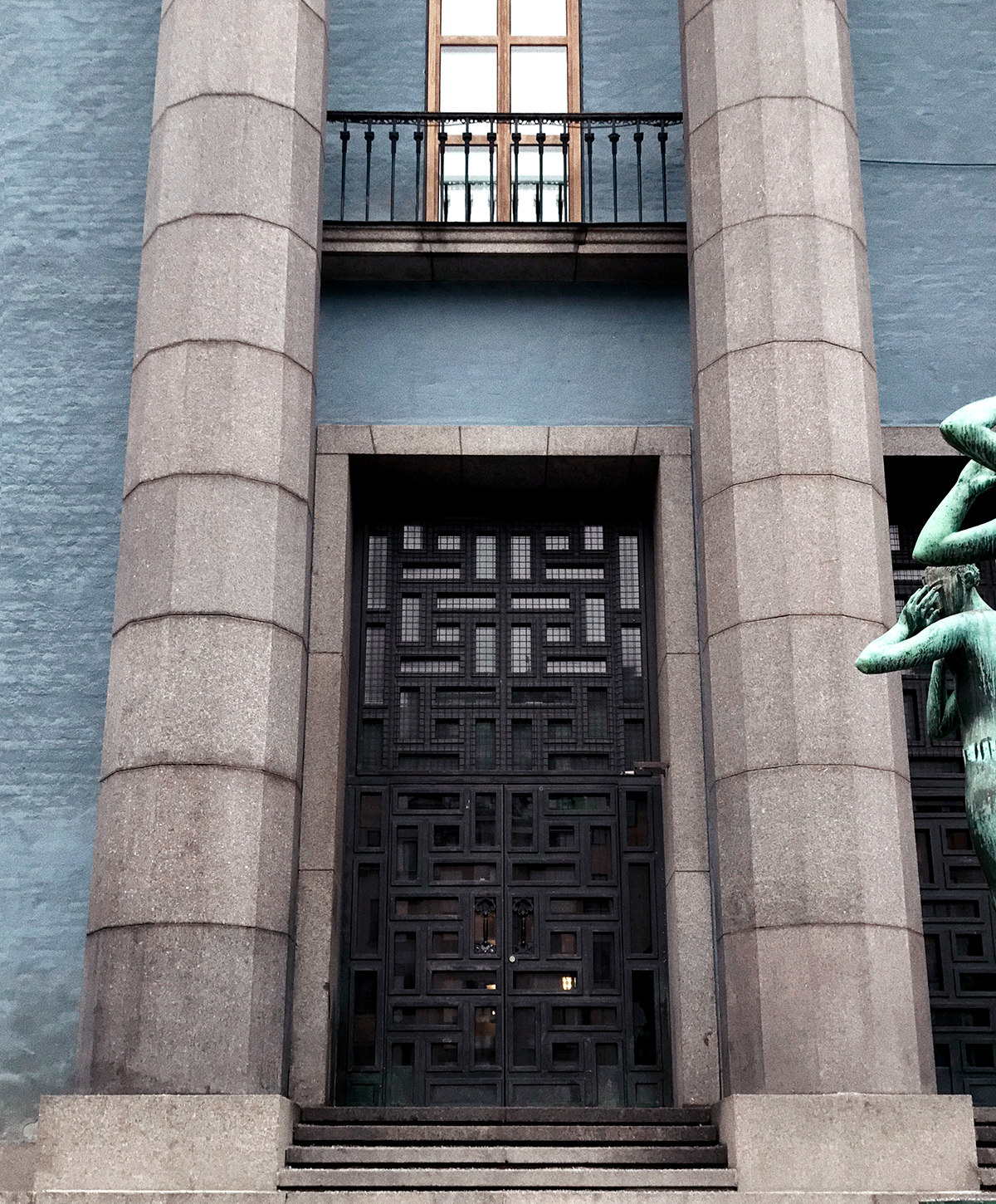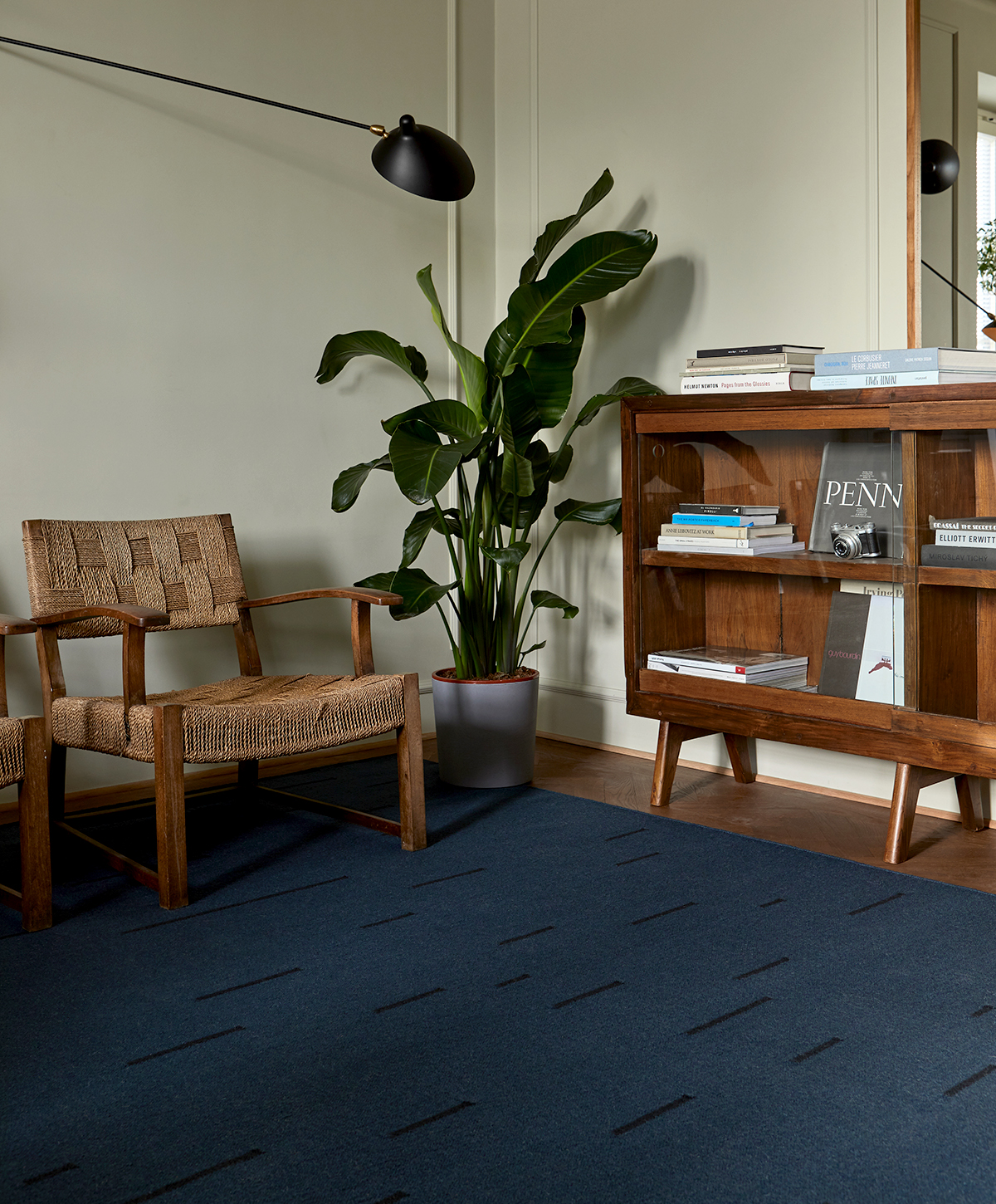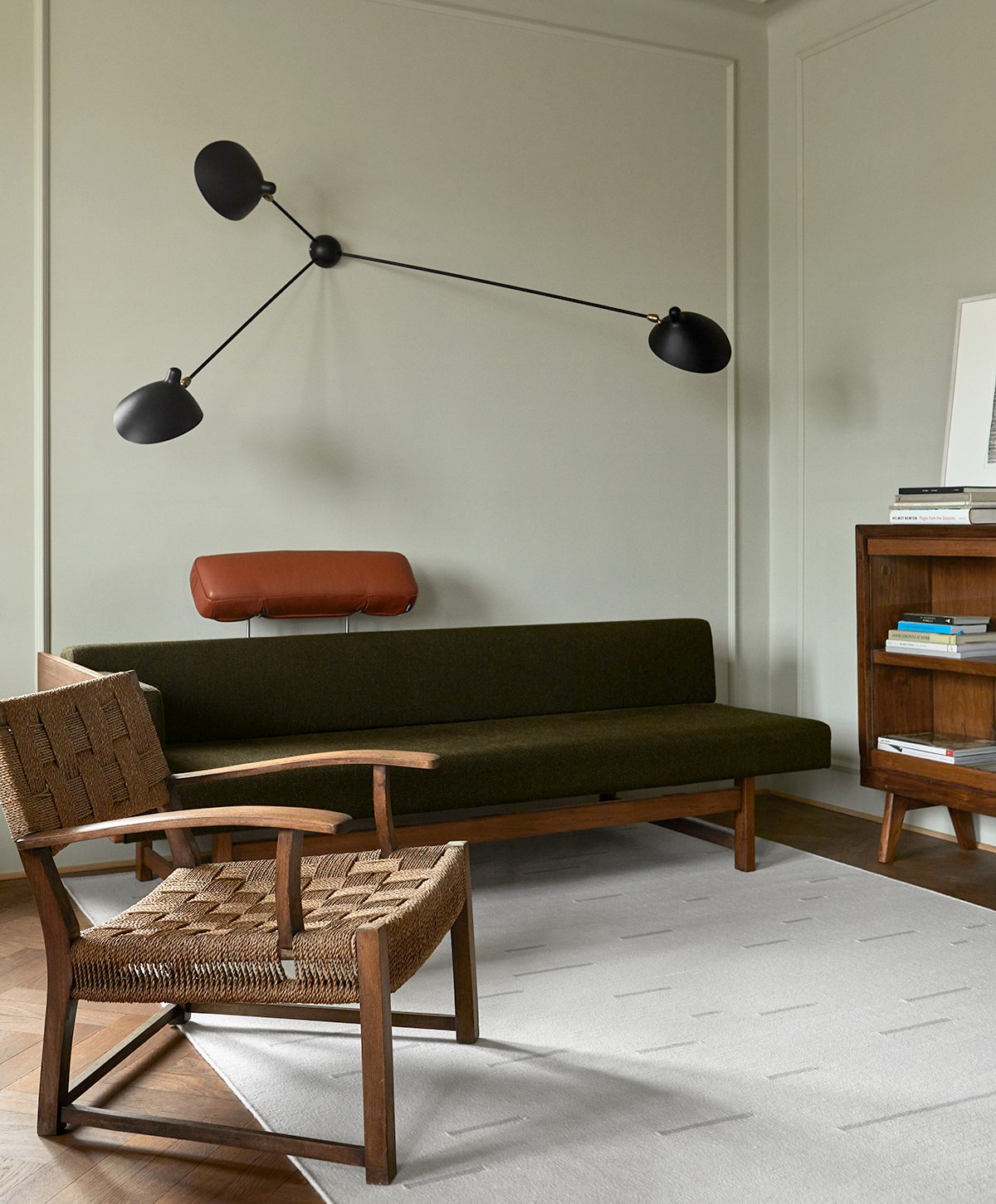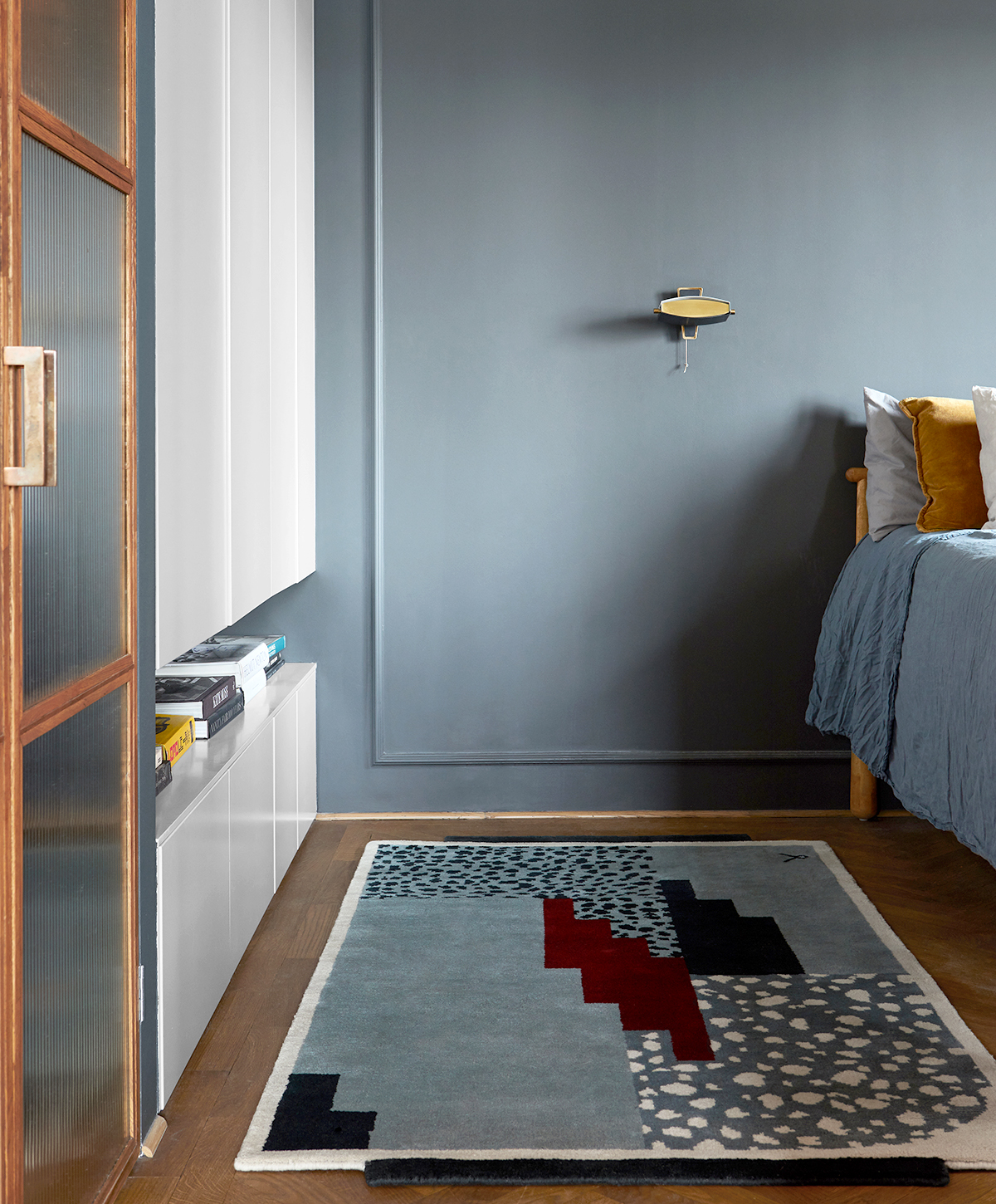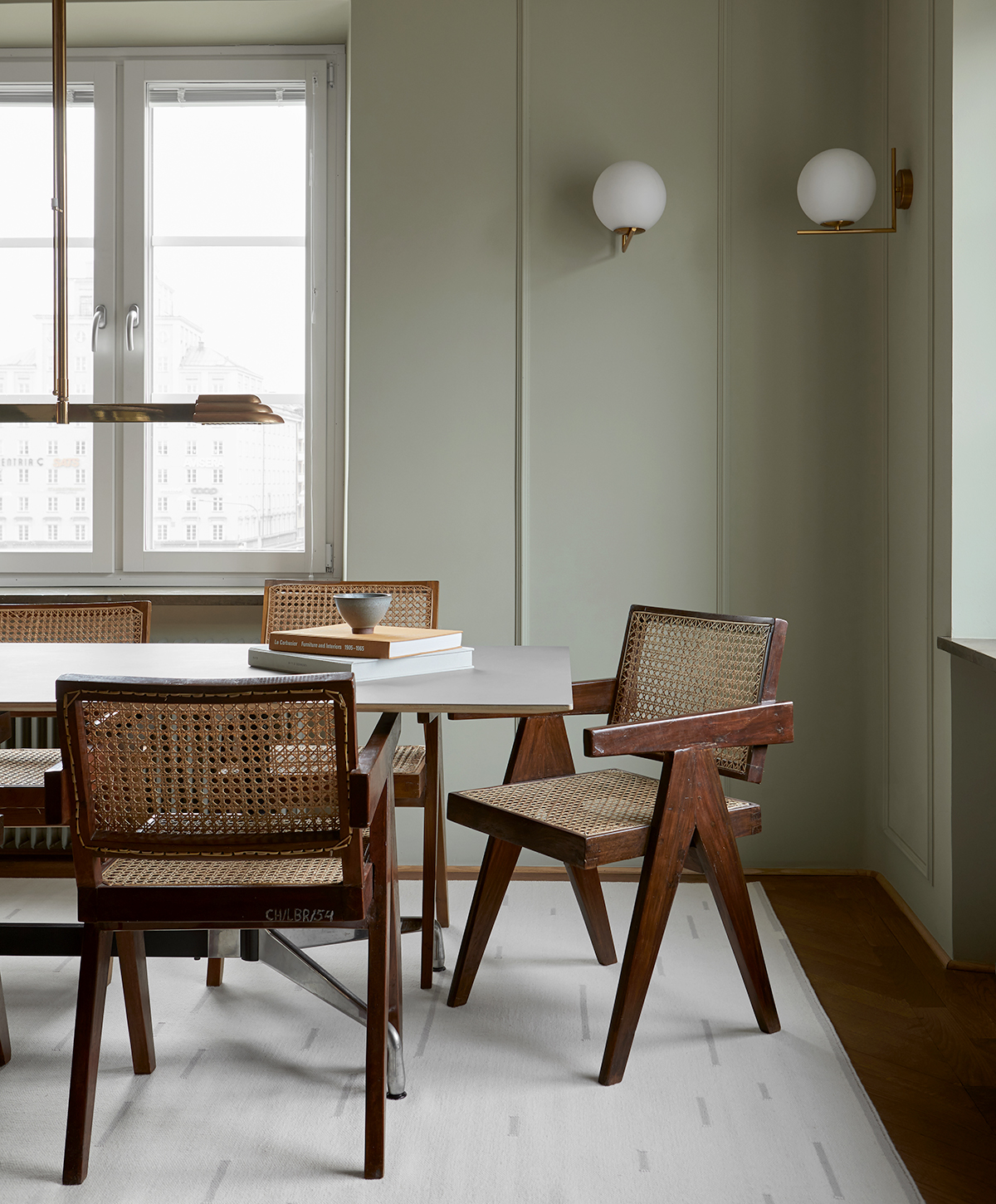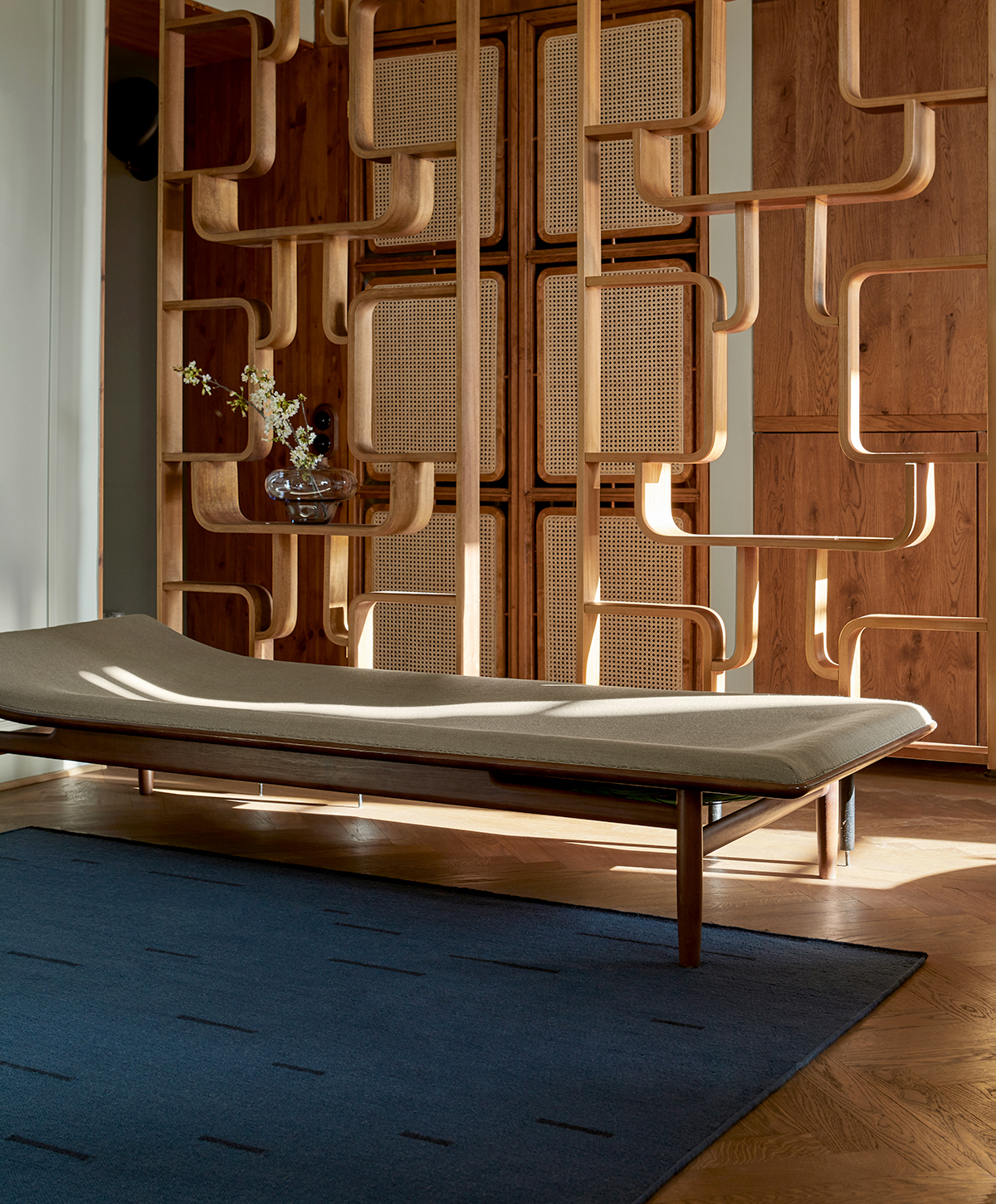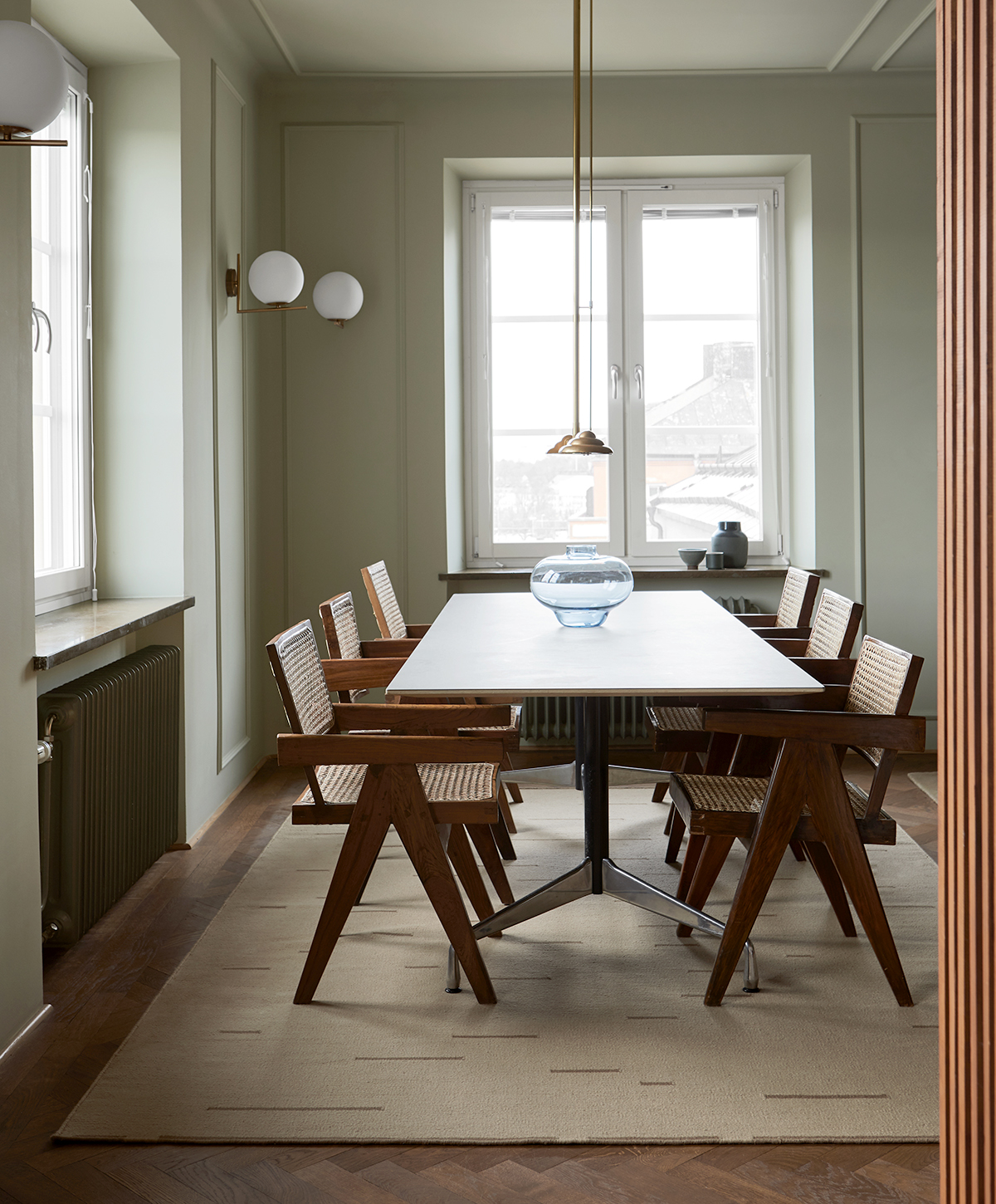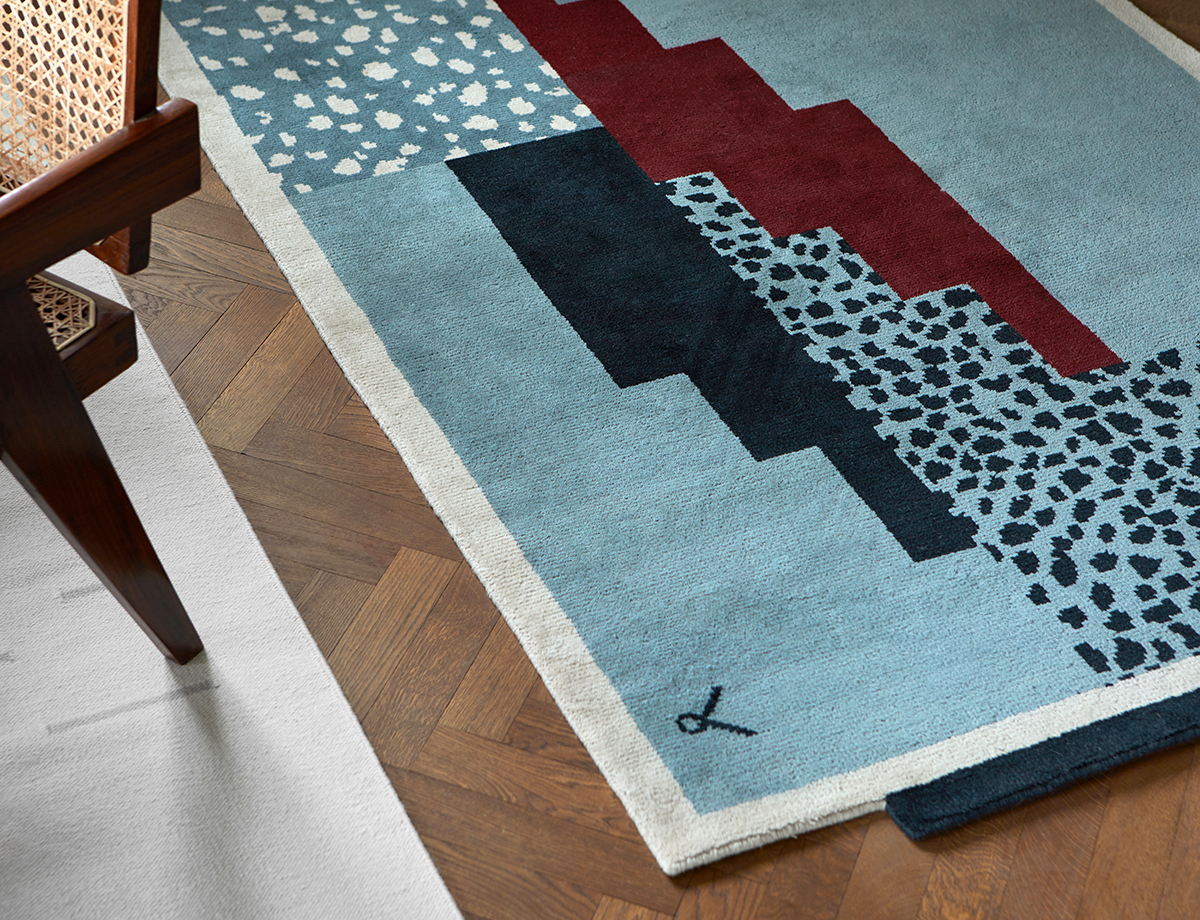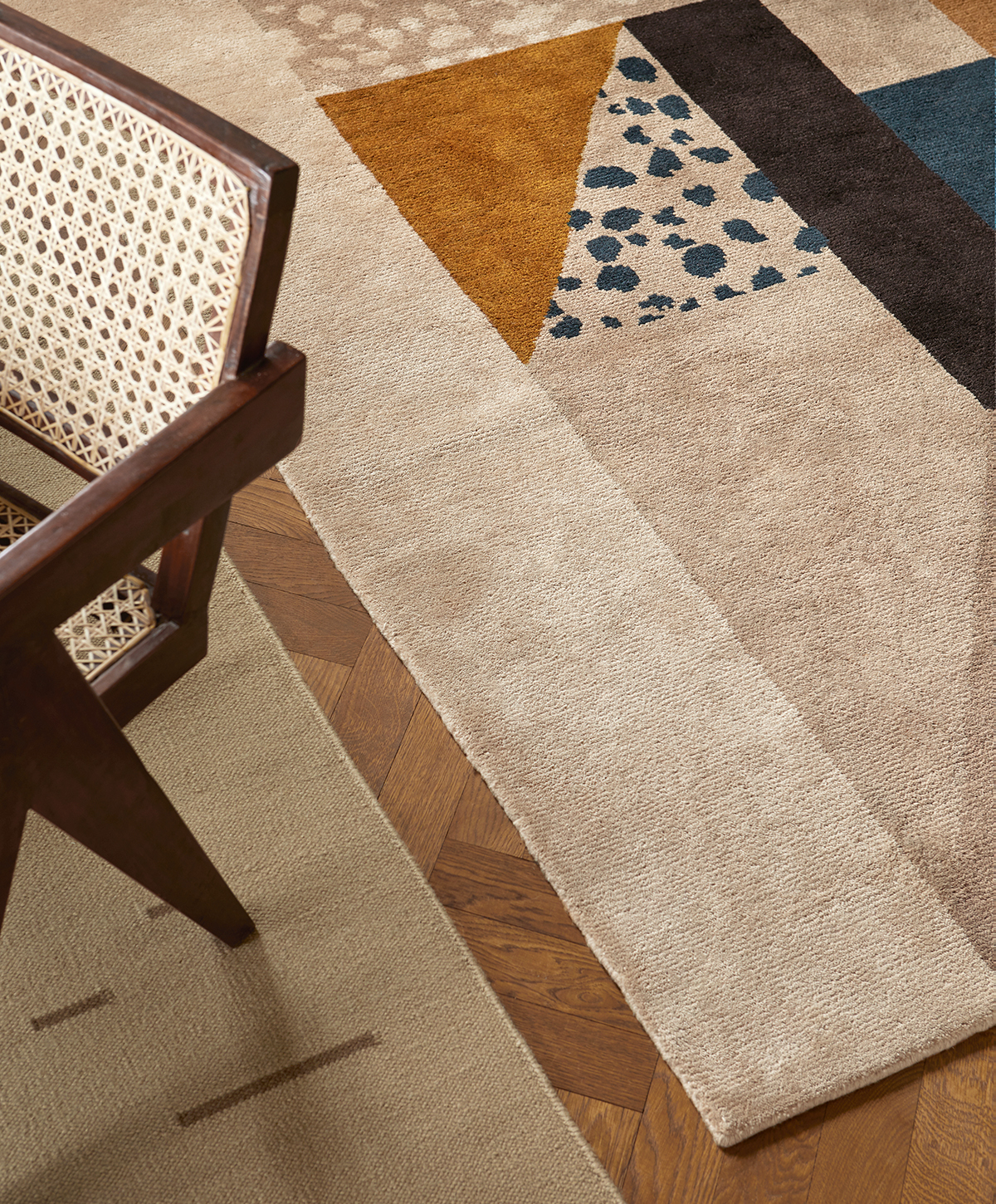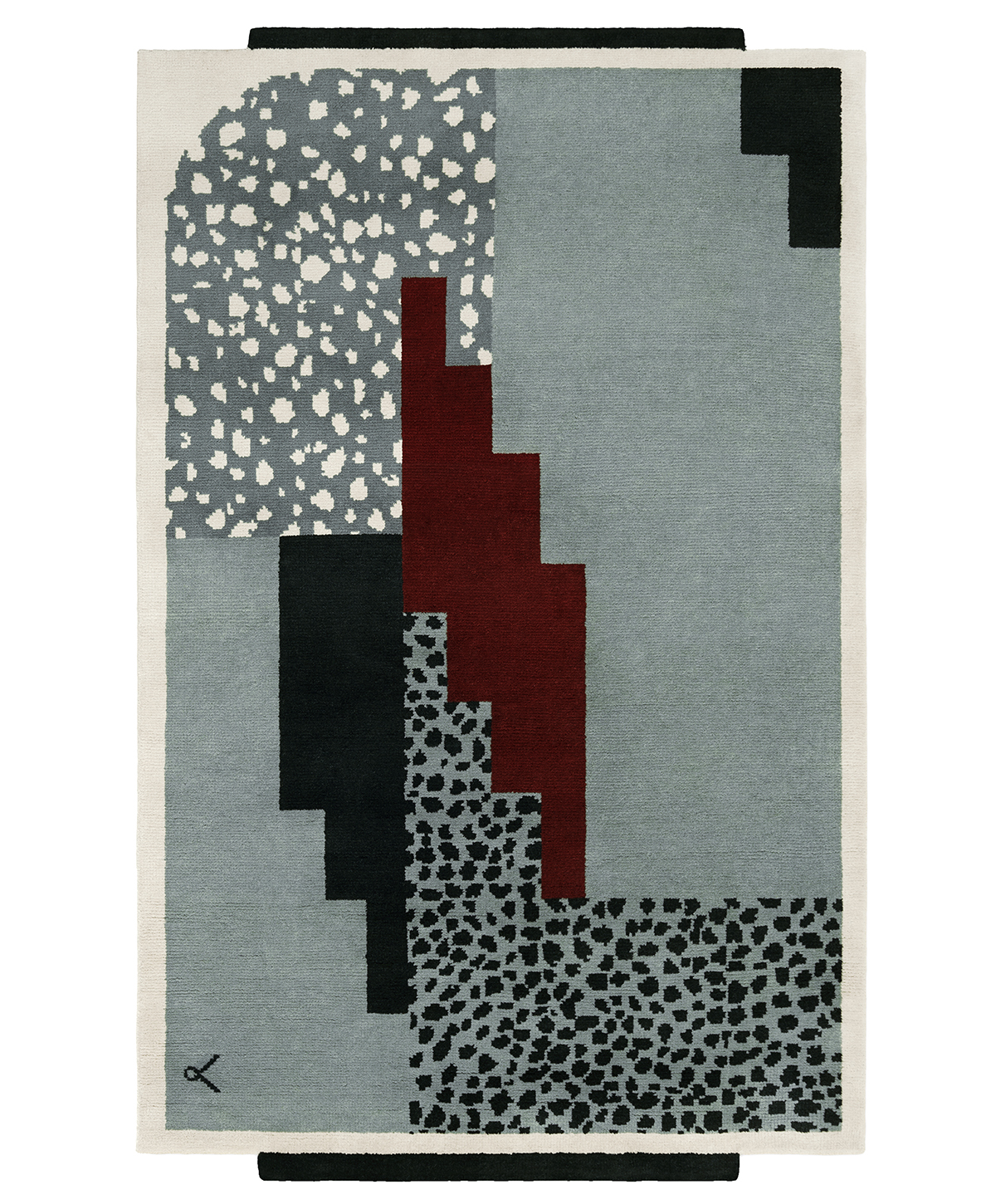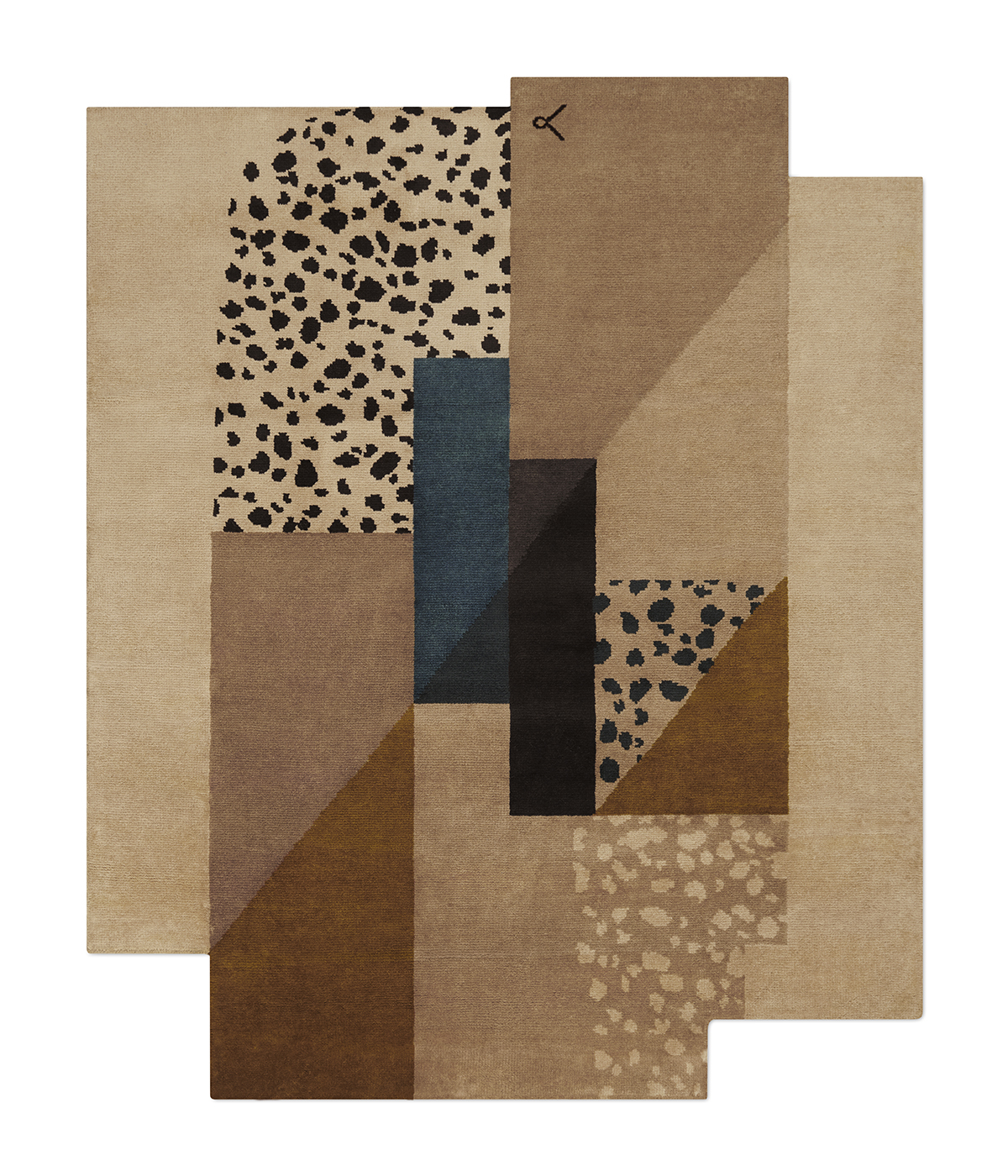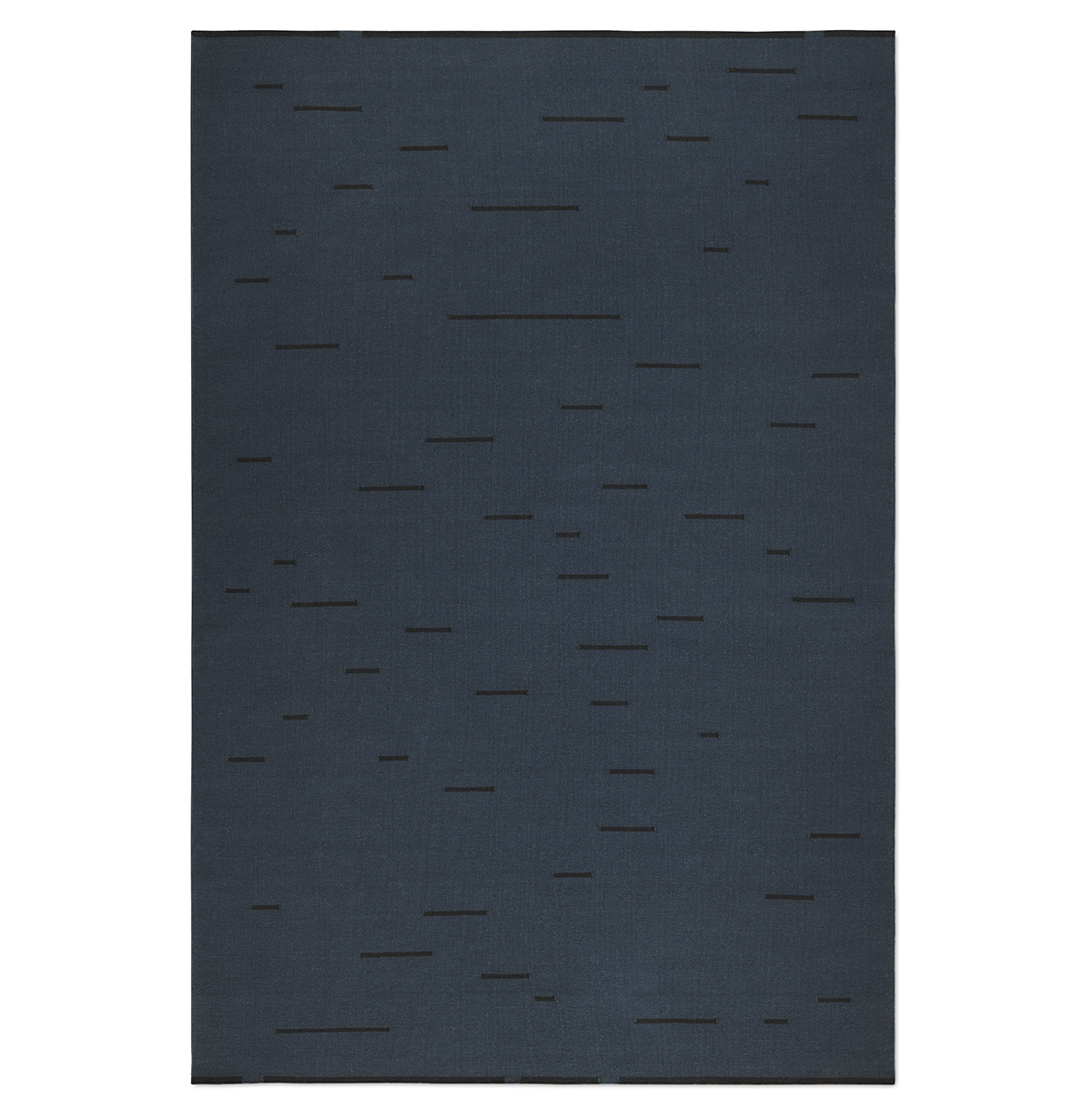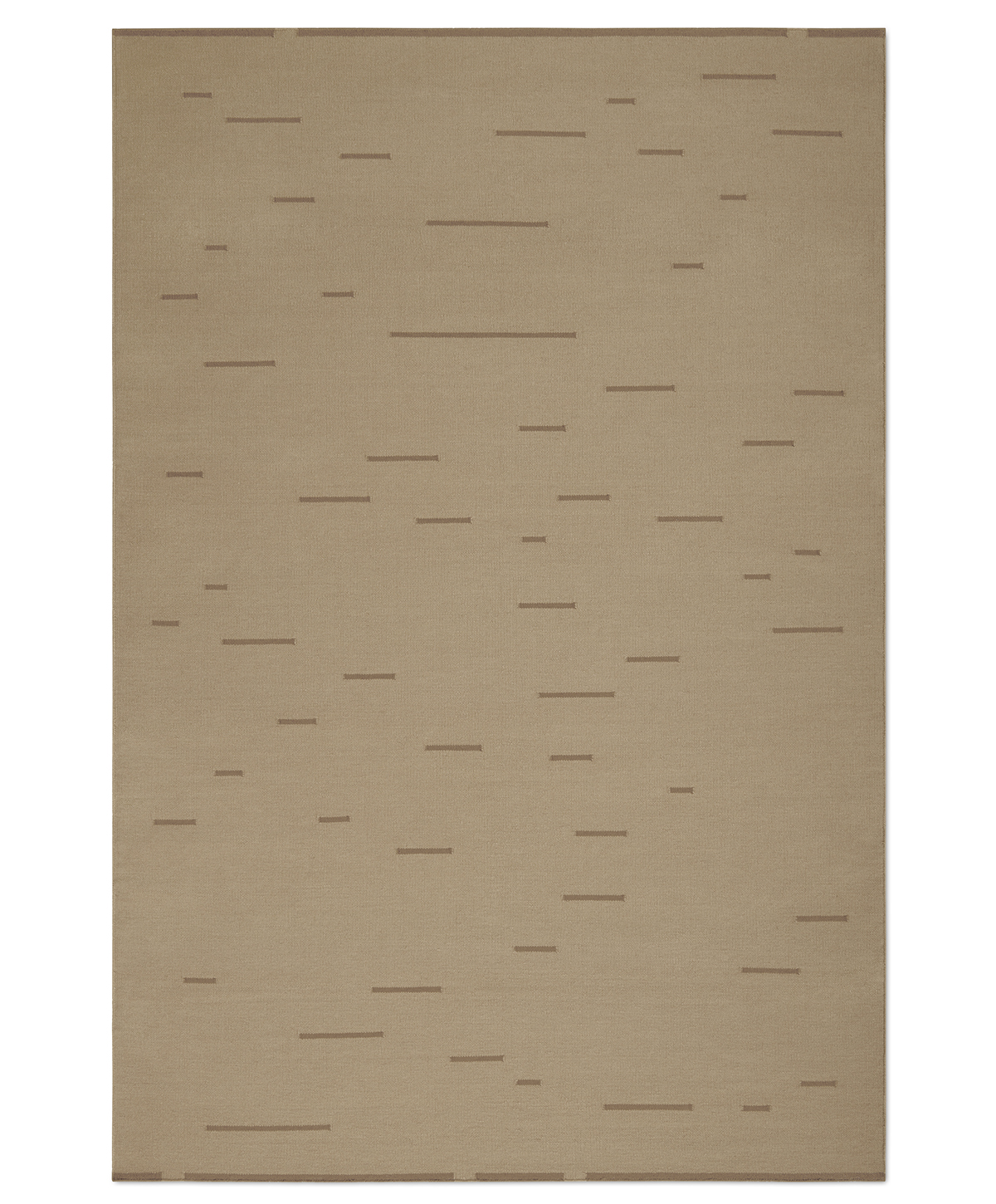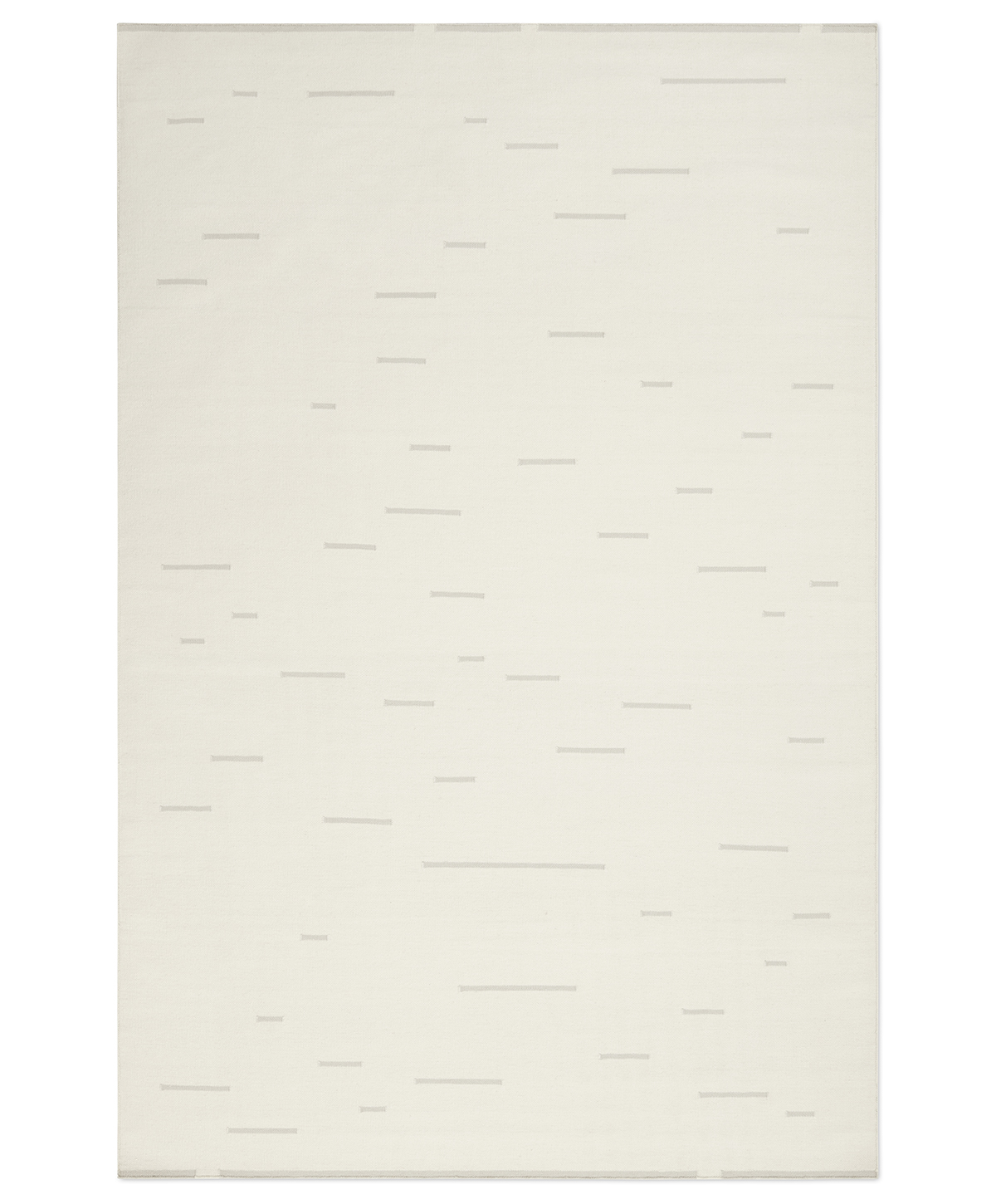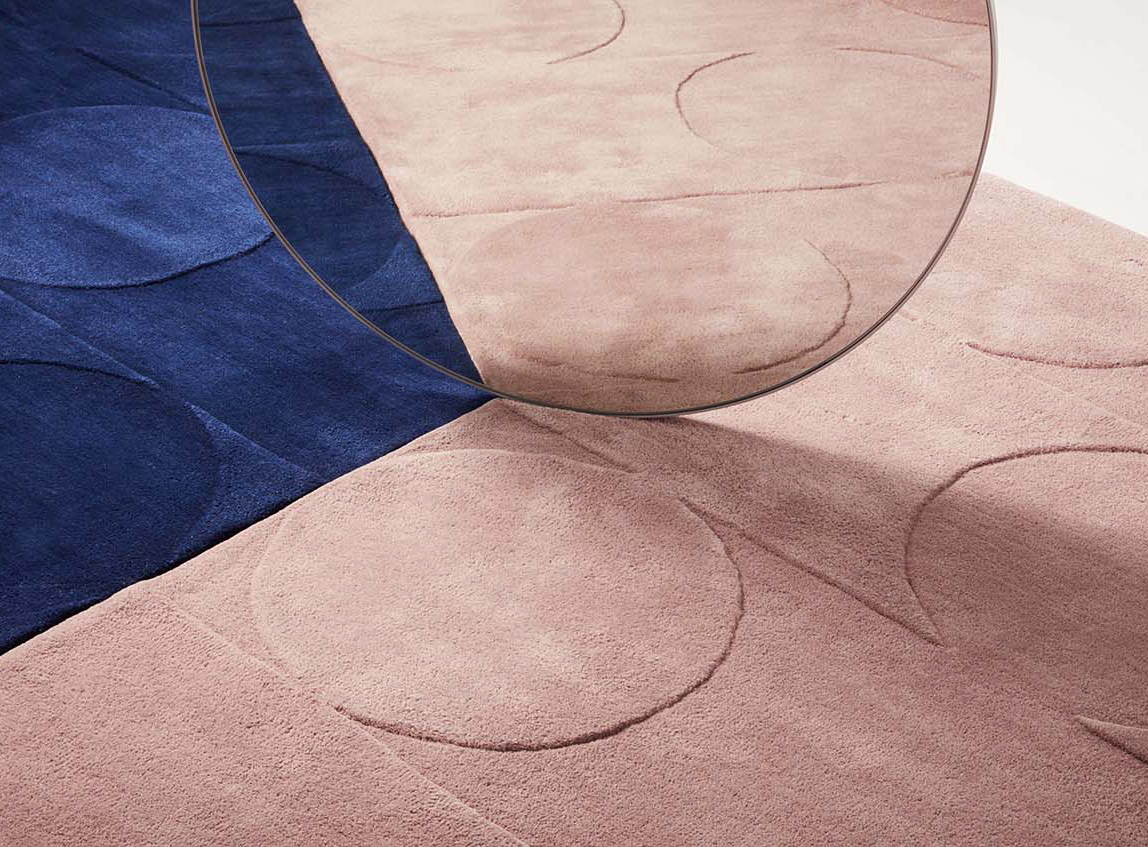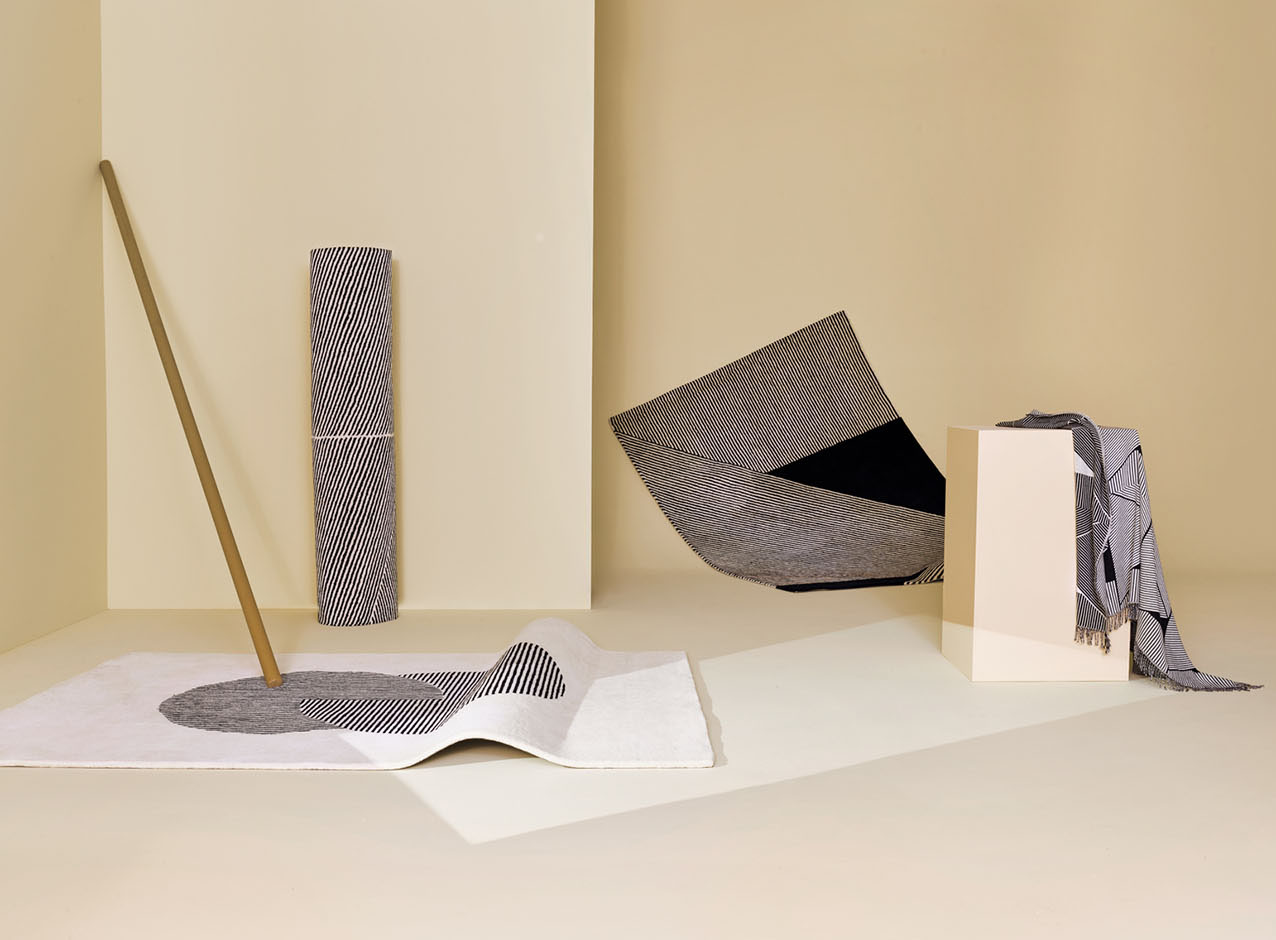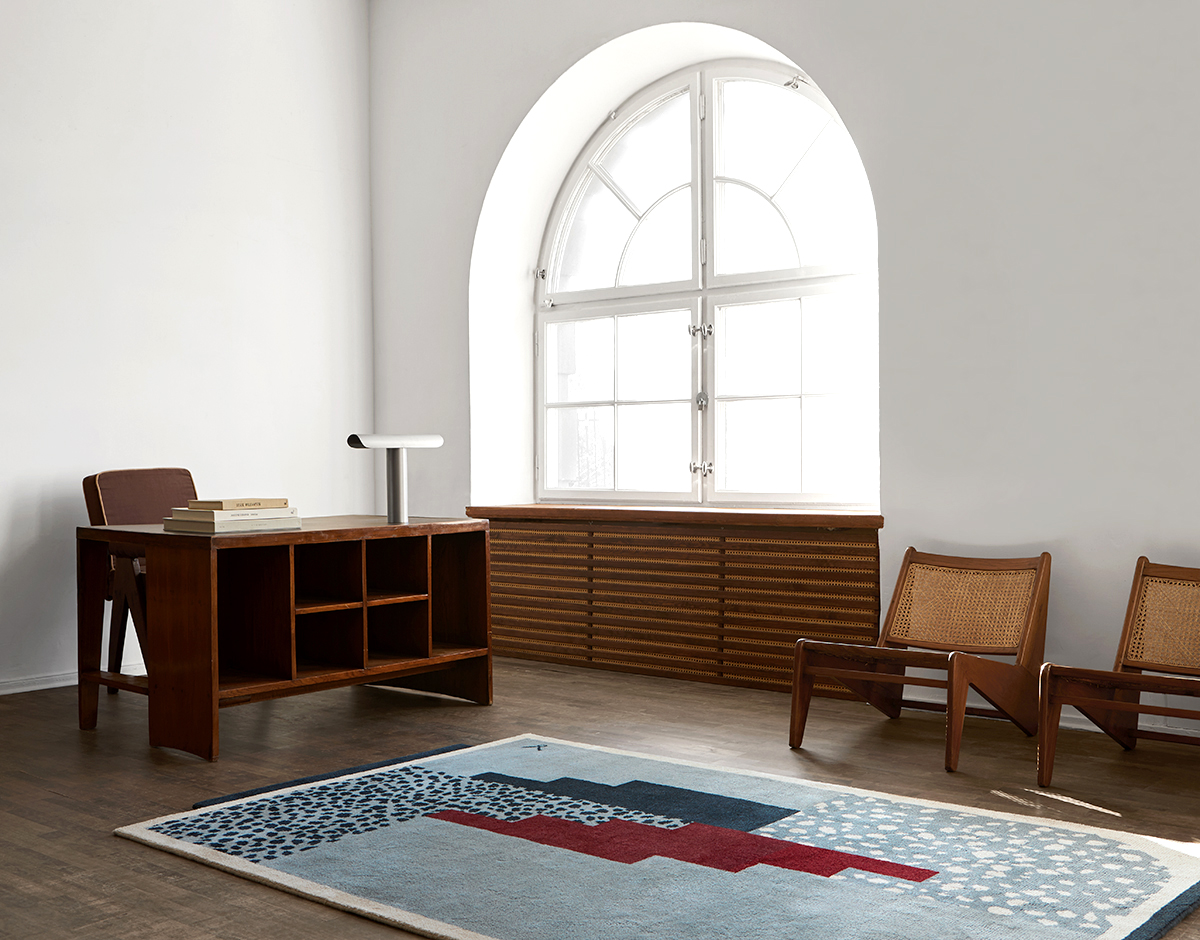
05.13.21
Sighted
A New Collection of Expressive Rugs Channels Art Deco and the Swedish Grace Movement
The 1920s were a great decade for Swedish design and architecture, birthing the short-lived Swedish Grace movement, which combined the decorative expressiveness of Art Deco and Neo-classicism with a signature Scandinavian restraint. They were also a great decade for rugs, as talents like Eileen Gray, artist Fernand Léger, and soon-to-be-artist Francis Bacon adorned floors with vibrant geometric compositions. A new collection from the Swedish company Nordic Knots, called Art Deco, channels that magical moment in time, with three rug designs that take inspiration from the period’s ethos, shapes, and colors.
If you’ve never heard of Swedish Grace, you’re probably not alone — the movement only lasted a few years, and Nordic Knots co-founder Liza Laserow calls it “a frequently forgotten parentheses in the history of Scandinavian design.” But for some illumination, you might take a peek back at the story we did two years ago on its current patron saint, Axel Einar Hjorth, who took the language of traditional Swedish furniture and modernized it with cleaner lines and the occasional scalloped back or chunky, exaggerated joint. There was also this story about its aesthetic in the New York Times a few years back. “The designers of this era wanted to preserve historic styles, yet create a new and novel creative expression,” Laserow says. “There was also a need to rationalize and democratize the classicism that flourished during the 19th century, in order to make it less dominating.” Swedish Grace was, in a way, a stepping stone between that classicism and the spare functionalism that proceeded it, what we now think of as Scandinavian design.
In contrast with contemporary Scandinavian design, the Swedish Grace style was almost maximalist, but its practitioners “kept it sparse by adding only exactly what was needed so that a piece of furniture or building would not feel too simple, bare, or unfinished,” says Laserow. The Nordic Knot team’s aim with the Art Deco collection was the same. It comprises one pair of Bacon-esque rugs that are asymmetrical, artistic, and detailed, yet still fairly classic and understated, and one much simpler design in three matching colors to complement it. Laserow and her design team took inspiration for those colors directly from Swedish Grace, as well as from three of Stockholm’s most iconic 1920s buildings: The Concert Hall by Ivar Tengbom, the City Library by Gunnar Asplund, and the Stockholm City Hall by Ragnar Östberg, all of which are pictured among the images below.
They also took inspiration from the way Swedes adapted to the new maximalist style of the 1920s. Whenever a particularly expressive piece was put in a room, it was paired with quieter things, and more negative space. “This is exactly how we want our new collection to be perceived,” says Laserow. “The Art Deco rug is intended to be used as a solitary piece, with lots of breathing space.” That direction is reflected in the campaign images the brand shot, in which the rugs were photographed with a sparse arrangement of Pierre Jeanneret furniture from Chandigarh. “The furniture may not be from the Swedish Grace period,” says Laserow, “but the thinking and mindset behind it corresponds well with the idea behind the Art Deco collection, as well as the brand ethos of Nordic Knots: well-designed, practical, and handmade objects that last a long time.”
